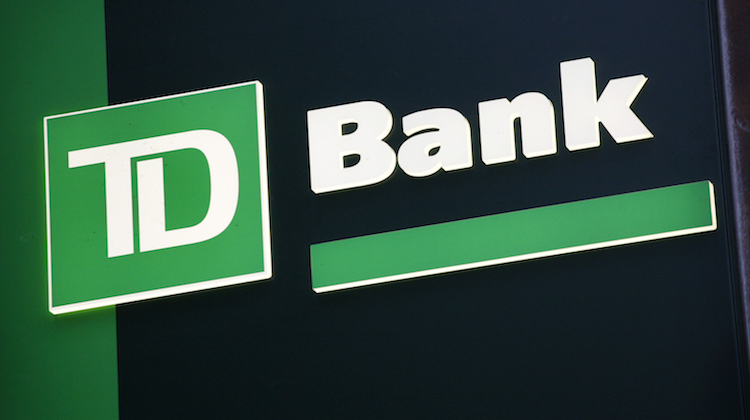Artificial Intelligence
TD Bank’s first fintech acquisition is an AI company
- TD just bought an AI startup that will help it personalize and predict the next steps of its customer relationships, a capability that doesn't exist in banking today
- Only nine percent of banks are running AI pilots are planning to invest significantly more in AI in the year ahead








